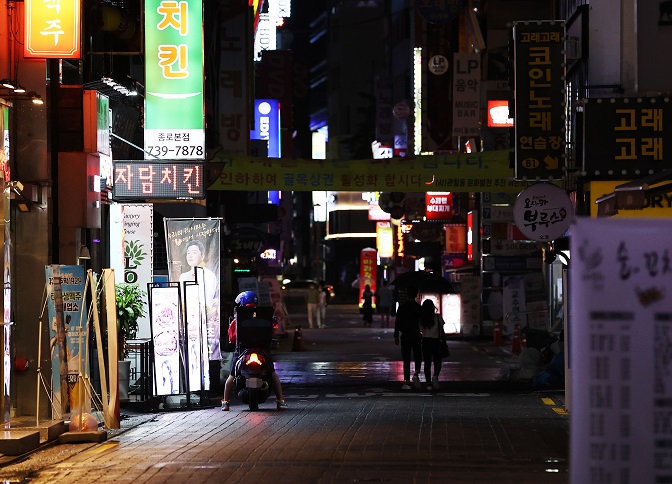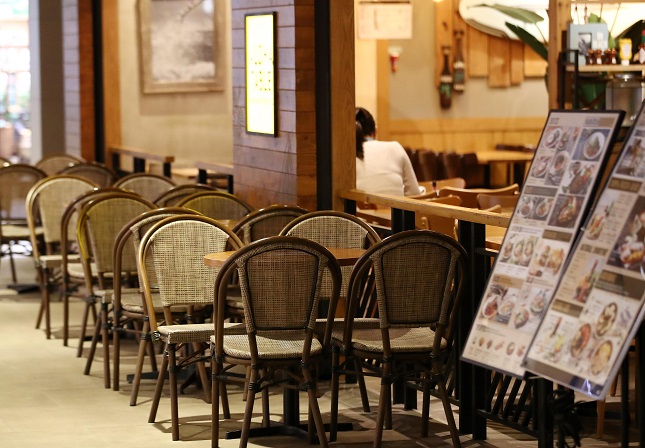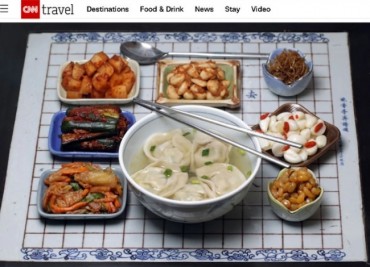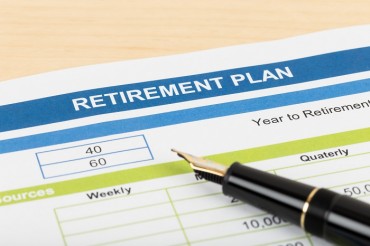SEOUL, Sept. 10 (Korea Bizwire) — A big data analysis has revealed that the once popular consumer trends of exploring gourmet restaurants and having get-togethers after work, which have bolstered the growth of restaurant businesses in South Korea, have declined sharply due to the prolonged COVID-19 pandemic.
The state-run Small Enterprise and Market Service carried out a big data analysis on the number of mentions of ‘eating out at gourmet restaurants’ on Naver Blog and Twitter.
In the period from June 8 to September 7, the number of such mentions stood at 1.8 million, down 16.8 percent from the previous three-month period.
Considering that the vacation season of July and August is included in the past three months, the decline in the number of such mentions during this period can be interpreted as an indication that demand for eating-out as declined due to the resurgence of the COVID-19 crisis.
During this period, the number of such mentions was the highest on June 12 (26,792).
Mid-June was when restaurant consumption picked up due to the national disaster support payment in May, and the daily number of new COVID-19 patients was on a downward trend.
During the same period, the number of mentions of ‘get-togethers after work’ and ‘eating out’ declined by 27.3 percent and 25.4 percent, respectively.
In contrast, the number of mentions of ‘delivery’ and ‘take out’ marked a sharp increase since mid-August when the daily number of confirmed COVID-19 cases surged again.
When comparing 24 days from August 15 to September 7 with the previous 24 days, the number of mentions of delivery and take out rose by 24.3 percent and 36.7 percent, respectively.
Interestingly, during this period, delivery and take out were most often mentioned on August 31, which was a Monday, not a Friday or the weekend.
August 31 was the day after the government launched Level 2.5 social distancing rules in metropolitan areas, including Seoul. On the last day of August, the number of mentions of delivery and take out shot up to 10,771 and 2,181, respectively.
This can be interpreted as a sign that demand for delivery and take out surged since dining-in at franchise cafes in metropolitan areas were banned and all restaurants had to cease dining operations from 9 p.m.
J. S. Shin (js_shin@koreabizwire.com)








